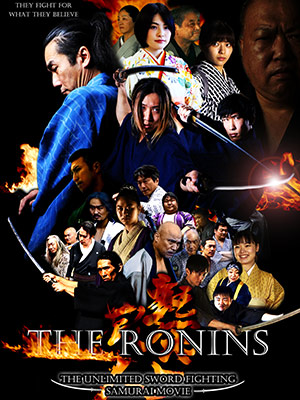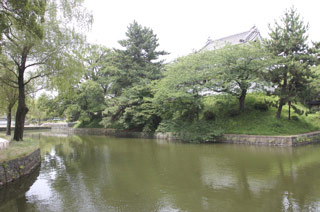The Ruins of Tsuchiura Castle and Yagura-mon
Tsuchiura Castle, which is often called "Kijo" (the turtle castle), was built on flat land. The castle was a "water castle" meaning it was surrounded by several moats. The castle consisted of Honmaru (the main section), Ninomaru (the second section), Sannomaru (the third section) and Sotomaru (the outer section), and also included samurai residences and residences for the town's people. This was full size castle, and was surrounded by moats connecting Kita-mon (North Gate), Minami-mon (South Gate0 and Nishi-mon (West Gate).
The structure left from the Edo Era are Yagura-mon, which was the front gate of Honmaru. Kasumi-mon, which was the back gate of Honmaru, and the old Maekawa-mon (Korai-mon), which was moved to a spot between Ninomaru and Sotomaru. Later on, Higashi-yagura (East Tower) and Nishi-yagura (West Tower) were reconstructed.
In the Sengoku Era (15C-16C), control of the castle changed from Lord Wakaizumi toLord Shida and then to Lord Sugenoya, and in the Shokuho (Azuchi MOmoyama) Era (16C-17C), the castle was under the control of Lord Nishio, then on to Lord Kutsuki, Lord Tsuchiya and Lord Matsudaira (Okouchi) until Lord Masanao Tsuchiya again took control over the castle. Lord Tsuchiya lived in the castle untile the Meiji Era and his property produced approximately 95,000 Goku (17,138,000 liters of rice per year).
After the Meiji Era (1867 ~) the land where Honmaru stood was used as the Tuchiura prefectural office, the Niihari prefectural office, the Niihari district office and there as a local meeting hall. Now, this area is included together with the ruins of Ninomaru as Kijo Park.






